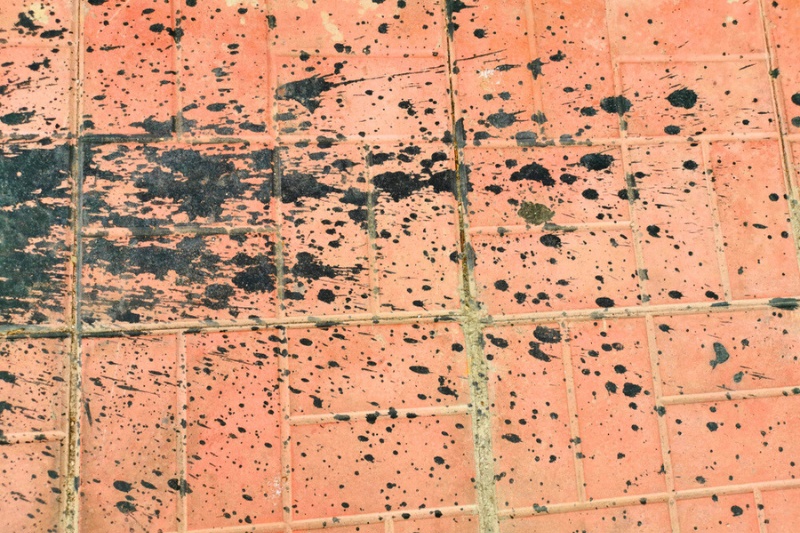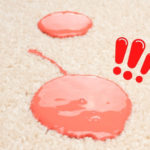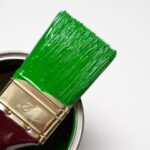When painting, it’s always a good idea to throw down some dust sheets to protect your flooring. But if the worst happens and you spill some paint, it’s worth knowing how to remove it.
Of course, different floors require different removal methods. In this article, we’ll look at how to get paint off tiles, which is probably one of the easier surfaces to work on.
Things to Consider First
Tile type
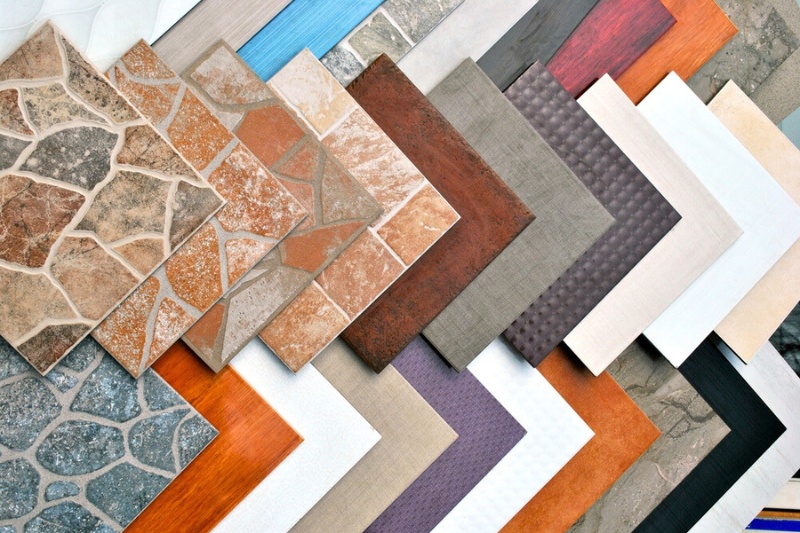
The first step is to figure out what kind of tiles you’re dealing with. This isn’t super difficult because we’re only concerned about one thing: whether or not the tiles are sealed.
Sealed (or glazed) tiles should be easy to spot because they’ll often be shiny or glossy and will generally be painted.
On the other hand, unglazed tiles will have a more matte surface and more subdued colours. Also, an unglazed tile will feel rough to the touch, whereas a glazed tile will feel smooth.
But why does this matter? Unglazed tiles are porous, meaning spilt paint can soak into the surface. If left alone, it’s more likely to stain than if you spill paint on a glazed tile.
You might find a glazed tile has some discolouration depending on the paint, but the damage will be far worse on an unglazed tile.
It also affects what cleaning options we have. For example, you can scrape a glazed tile with a knife to remove paint, but this wouldn’t be a great idea on an unglazed tile.
Paint type
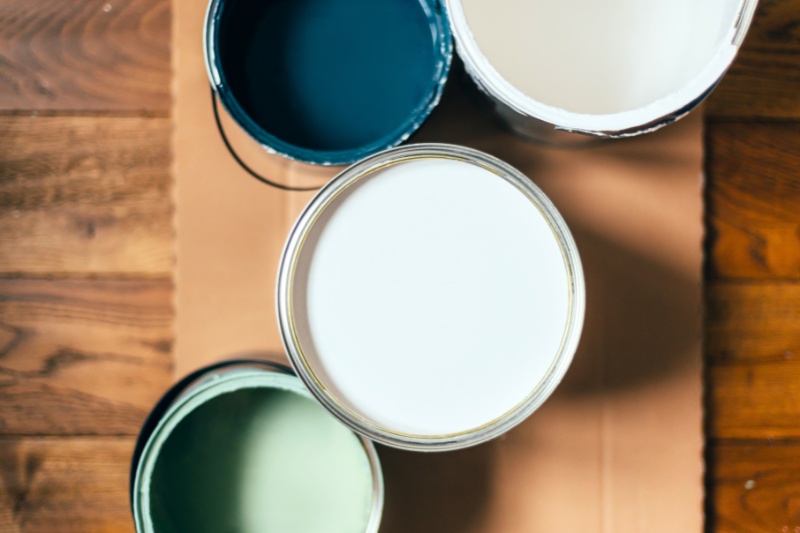
Similarly, it’ll help to know what kind of paint you’re removing from the tiles. There are two main types: water-based and oil-based.
Obviously, there are plenty of types within these categories, but the water-based vs. oil-based distinction is what’s important when it comes to removal.
You’ll have lots more options for removing water-based paint because it can often be removed with soap and water.
Oil paints, however, will need some kind of solvent to remove them properly. If you’re painting with oil-based paint, you should have some of this on hand for cleaning your brushes anyway.
Again, it’s not a difficult thing to work out what type of paint you have—just look at the paint tin. It should say explicitly what kind of paint it is, but if not, look at the brush cleaning method. Water-based paints are cleaned in water, whereas oil-based paints need mineral spirits.
How to Get Paint Off Tiles
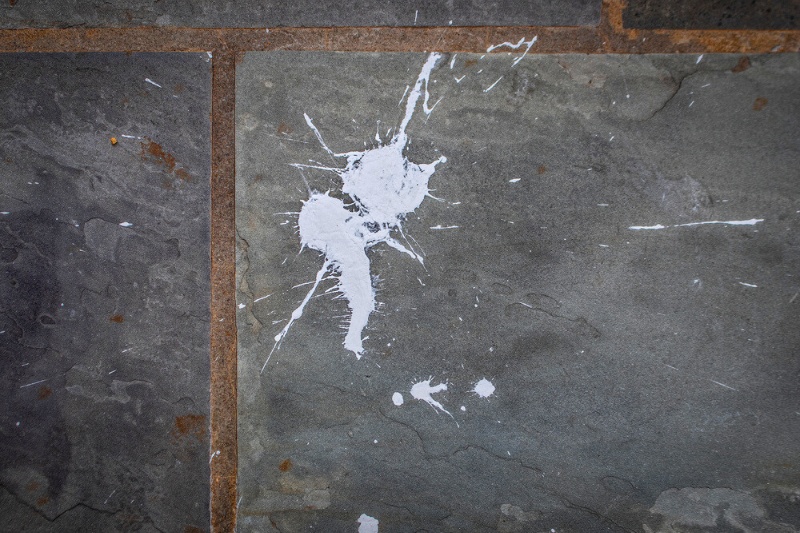
Now that we’ve got an idea of what we’re dealing with, we can look at some solutions for getting paint off tiles.
These are listed in order of ease, so it’ll be best to work through them before you get started.
At the very least, read through the list to figure out which will work best based on your situation.
Method 1: Wipe up wet paint
The most obvious place to start is by wiping up the paint if it’s still wet. You should be able to clear up all of the paint with a damp cloth, but be careful how you do it.
First, lay the damp cloth on the paint spill and then try to scoop the cloth together rather than wiping it around.
You want to pick up the paint with the cloth rather than letting it soak in as you would with, say, a water spill.
But most importantly, try to keep the paint away from grouting. It’s more likely to stain grout and will also be harder to remove, even when wet.
You’ll be able to get paint out of grouting using one of the options below, but it’s just extra work.
Method 2: Scrape off paint with a knife
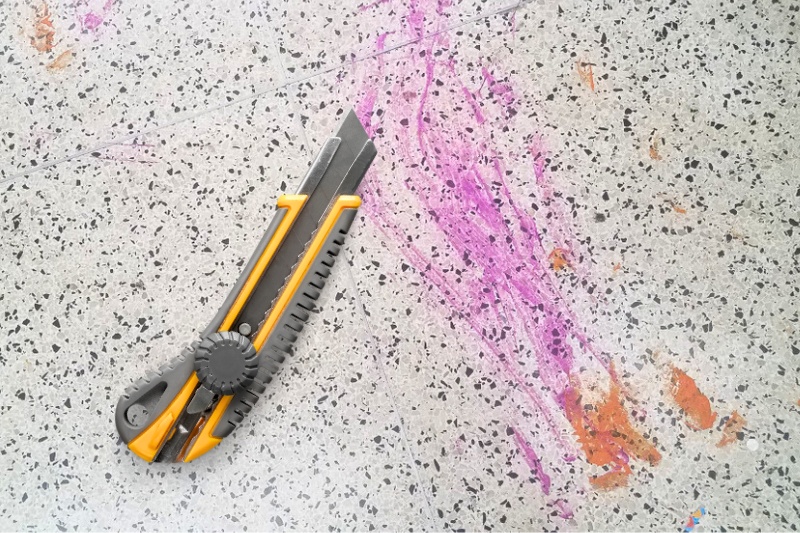
If the paint is dry, don’t worry. You can try scraping it off with a craft knife if the paint is thick enough.
This won’t always work with paint splats or drips, but it’s a good solution for larger paint spills.
Either use a craft knife or razor blade – you want something with a very sharp and thin edge.
Hold it at a 45-degree angle to the paint and scrape down. Provided you get under the paint first time, you should be able to get it off in one lump.
This method will work best on glazed tiles because it’s far less likely to cause damage.
You could try it on glass, marble or unglazed tiles, but it could cause gouges or scratches if you get the angle of the knife wrong.
Method 3: Scrub paint with soap and water
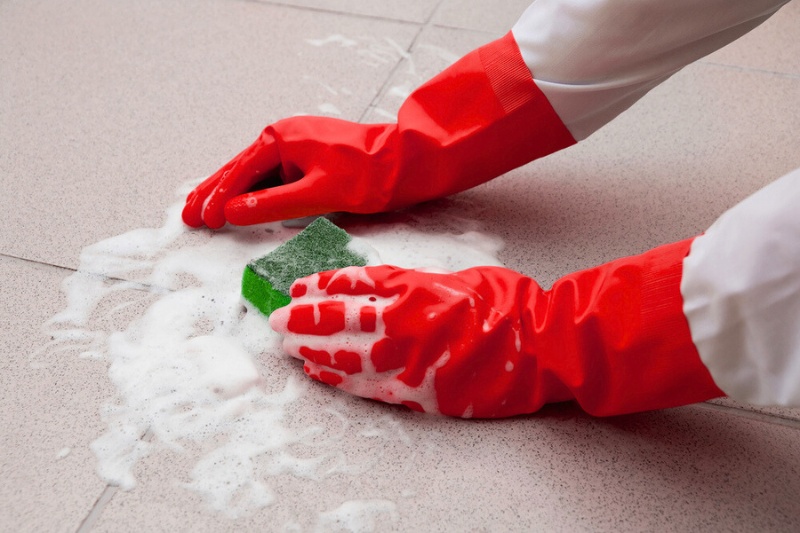
If you’re only dealing with small flecks of paint, scrubbing it with a kitchen scouring sponge can do the job fine.
You can also use this method for cleaning up the last bits of any paint you’ve scraped off.
It’s a pretty simple method: fill a bowl with hot soapy water (using washing up liquid), dip in your sponge, and scrub.
Wipe the area down with a clean damp cloth, and it should get rid of any remaining paint.
This’ll work on all types of tiles, although manufacturers of unglazed stone (granite, marble, etc.) tiles usually advise using as little water as possible.
Getting the tiles wet to clean off some paint shouldn’t be a problem, but just take a bit more care.
Avoid using anything more abrasive than a kitchen sponge. Sandpaper or steel wool can damage even sturdy glazed tiles, so it’s best to stay away from it.
Method 4: Use white vinegar to loosen the paint
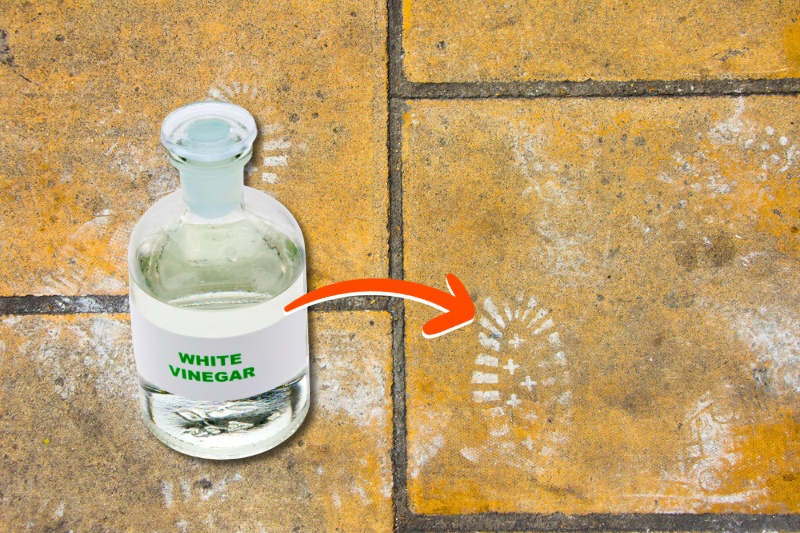
White vinegar is something of a superhero cleaning product, so it shouldn’t be a surprise that it can help us here. However, it won’t do all the work for you; it’ll just make other cleaning options easier.
Mix equal parts white vinegar and hot water. Then, either spray it onto the paint or dip a cloth in and hold it on the paint spill.
This should help loosen the paint’s bond with the surface, allowing you to clean it up more easily using a sponge or cloth.
White vinegar should help remove stains on unglazed tiles. Again, it won’t remove the paint completely, but should loosen its bond with the tile, allowing you to scrub it off.
Just don’t use vinegar on limestone, granite or marble, as acids can damage the stone.
Method 5: Break out the chemical products
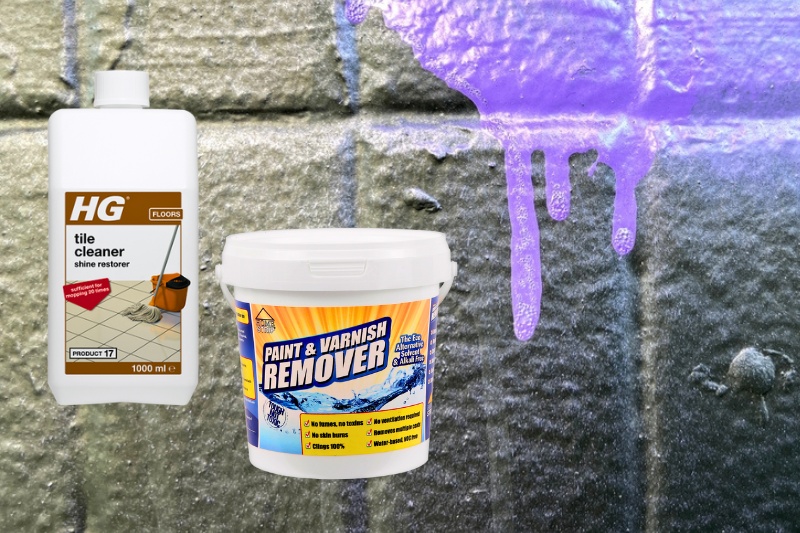
If all else fails, you’ll have to break out the heavy-duty chemicals. There are a few options depending on what kind of paint you’re dealing with, so let’s run through them.
First are mineral spirits (e.g., white spirit), which work on oil-based paints. Use as little as possible and try to avoid letting it sit on the tiles.
Instead, soak a cloth and wipe this over the paint. After a few passes, it should come off.
Next, you could try paint remover, such as Home Strip Paint & Varnish Remover. These products are designed to remove coats of paint rather than small spills, but the process remains the same. You’ll probably just find you have to buy far more than you need!
Make sure you choose one that’s suitable for the surface you’re working with. Ceramic and glazed tiles should be fine with most products, but unglazed tiles or natural stone require a bit more care.
Alternatively, a dedicated tile cleaner, such as HG Tile Cleaner, might work. This would be more suitable for natural stone, as it’s designed for use on these surfaces. However, you might find it doesn’t lift oil-based paint as well as mineral spirits.
Finally, we need to deal with the grouting. The easiest option for this is just to use some normal household bleach.
Dilute around 50 ml of bleach into a litre of water. You can then either scrub the grout with an old toothbrush or soak it using tissue soaked in the bleach solution.
These options work well on white grout, but you’ll want to use hydrogen peroxide for coloured grout.
With chemicals, make sure you test them on an inconspicuous area first. Provided you’ve bought something suitable for your tile material, it should be fine. But it’s best to know this before you start trying to remove paint!
Final Thoughts
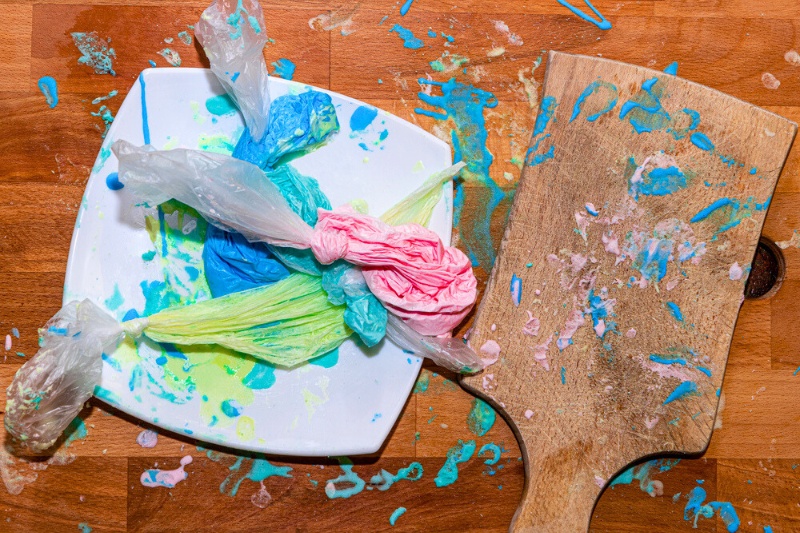
At least one of these options should work for getting paint off your tiles. The easiest solution is to clean it up while it’s still wet, but obviously this isn’t always possible.
Provided you work carefully and plan your approach, it shouldn’t be too difficult to get paint off your tiles.

Jacob is a writer based in Wales, where he lives with his partner and two dogs. All his work is fuelled by extensive research and buckets of coffee.
